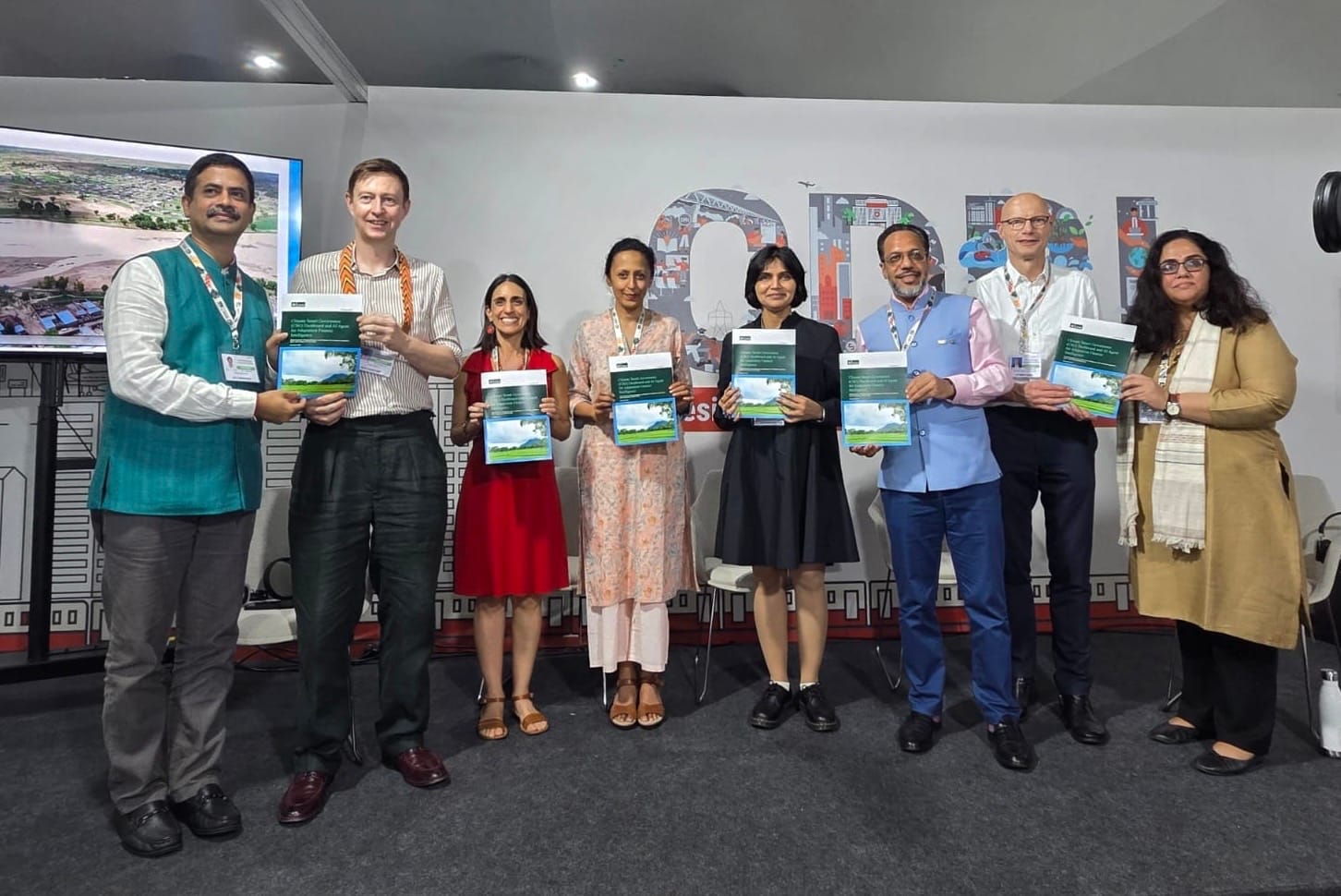Southern Africa
The scarcity of clean and safe water, along with increasing urbanization and a highly variable climate, holds back economic and social development in Southern Africa. Scarcity is aggravated by competing demands for water from the domestic, agriculture and industrial sectors, limited water management and regulatory capacity, and inadequate investment in water resources development.
Yet, in many countries in Southern Africa, there is enormous untapped irrigation potential: only 7% of the region’s 50 million hectares of arable land is irrigated. Nevertheless, there have been major accomplishments in water policy in the region, which saw a wave of pioneering policy reforms in the 1990s. However, implementation has lagged for a variety of reasons, including limited capacity and differing expectations around rights to water access and use.
IWMI in Southern Africa
IWMI’s international and local specialists work closely with countries in the Southern African Development Community (SADC) on integrated water, land and food management solutions that respond to regional and national challenges and priorities.
Our priorities for the region include integrated river basin and aquifer management, evidence-based technical support to agricultural and water policy planning, implementation, review and monitoring, inclusive governance, and sustainable infrastructure and ecosystems.
Regional representative
Contact
For work related to Southern Africa, please contact our regional office in South Africa.
Get updates
Be the first to know about IWMI research, data, events, and news.






